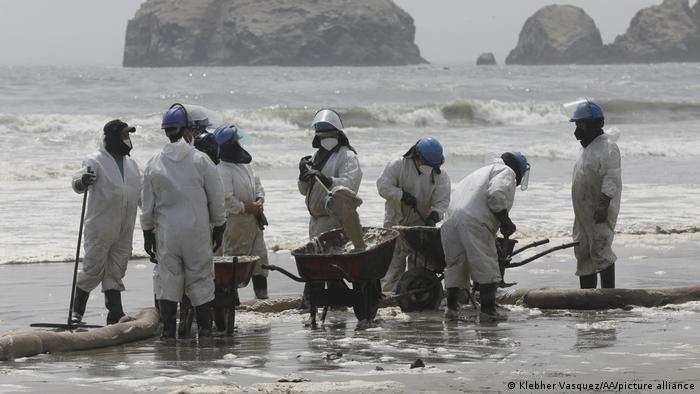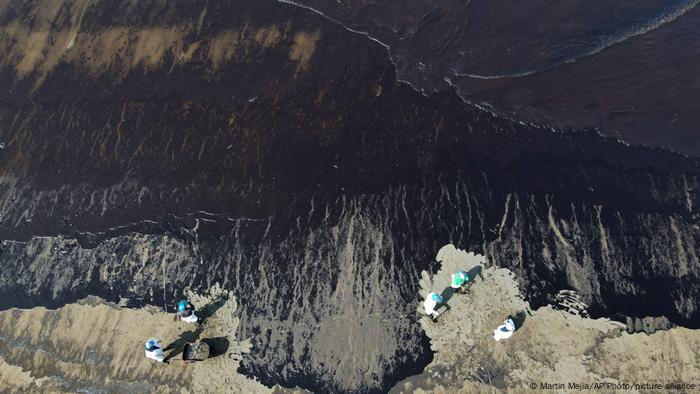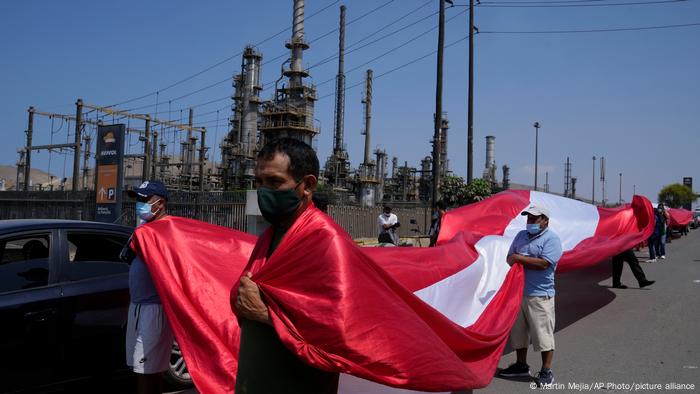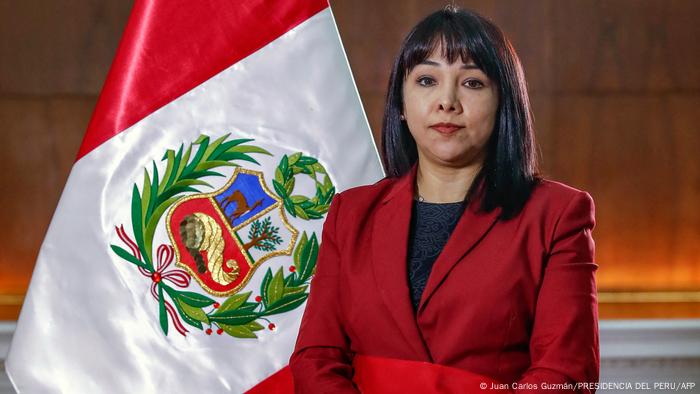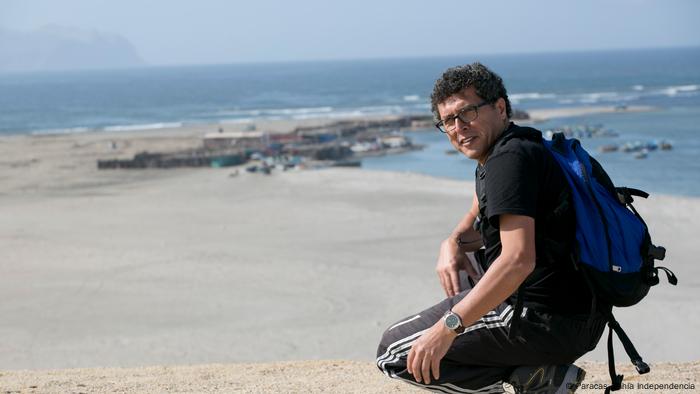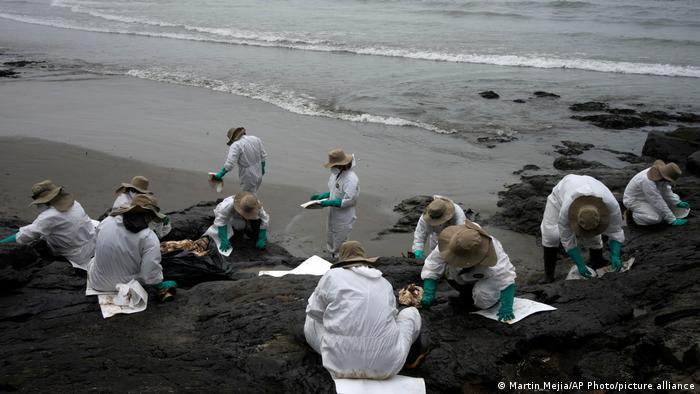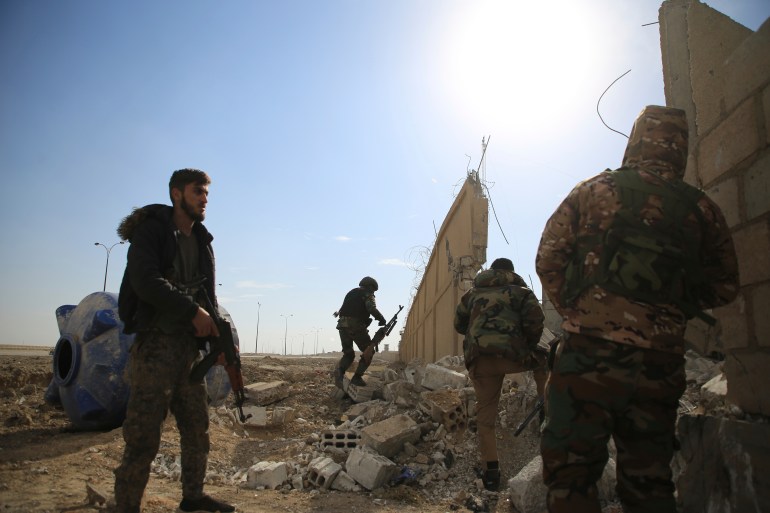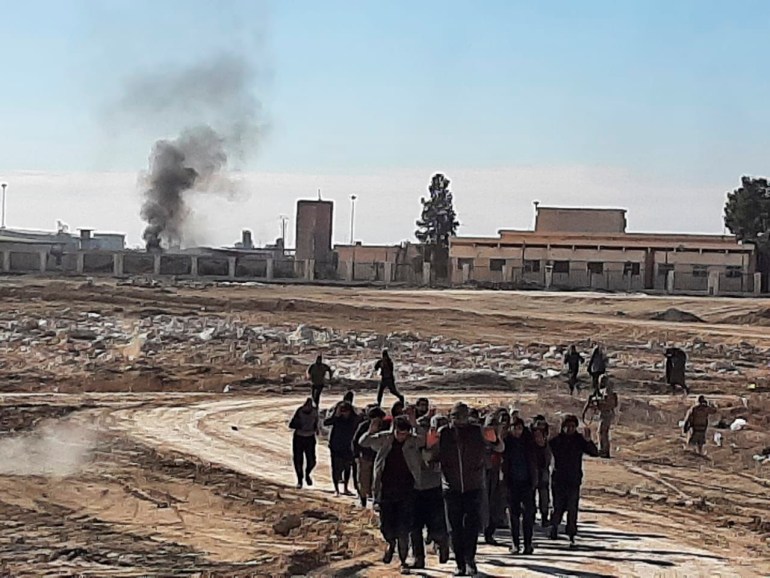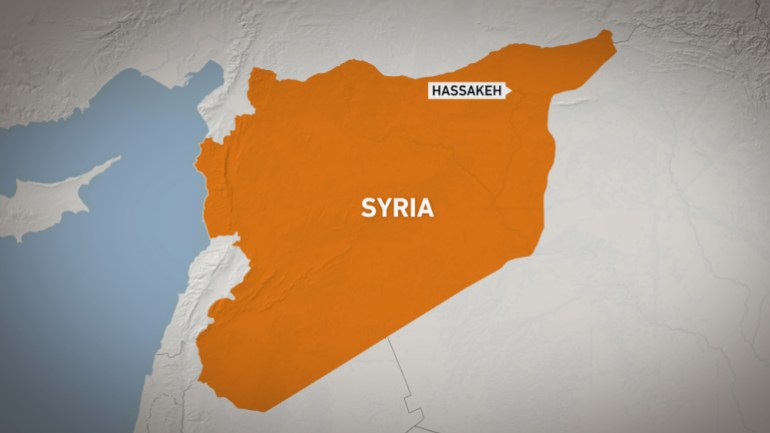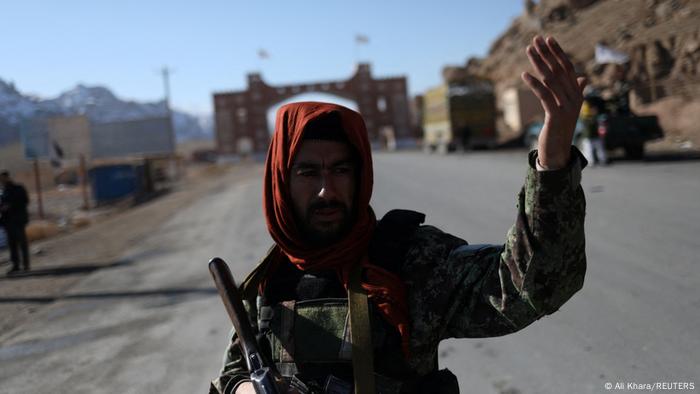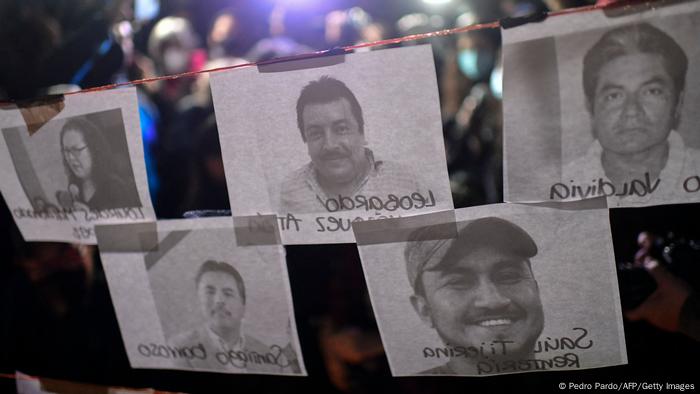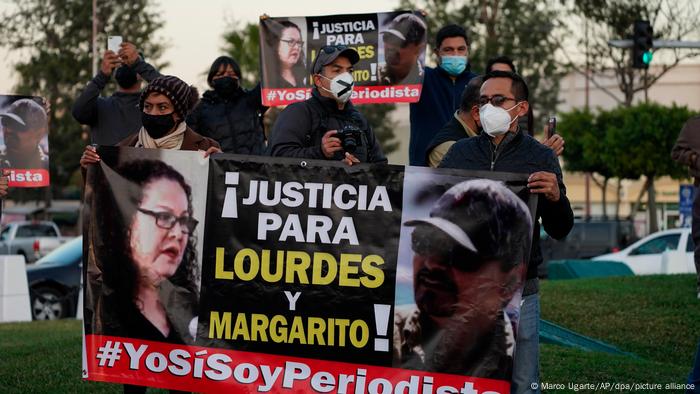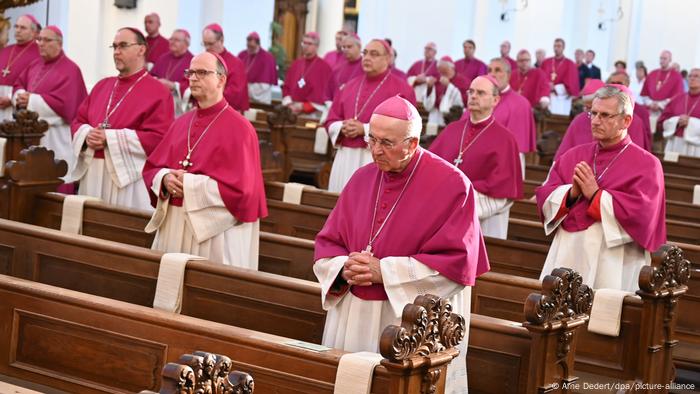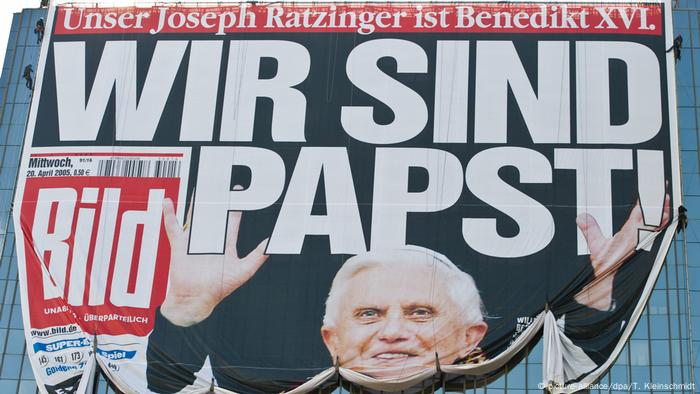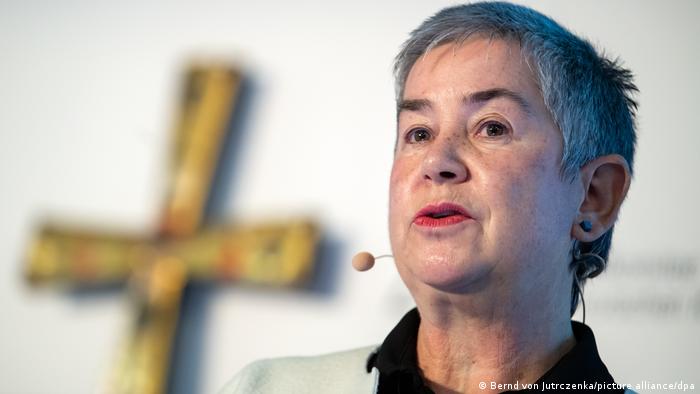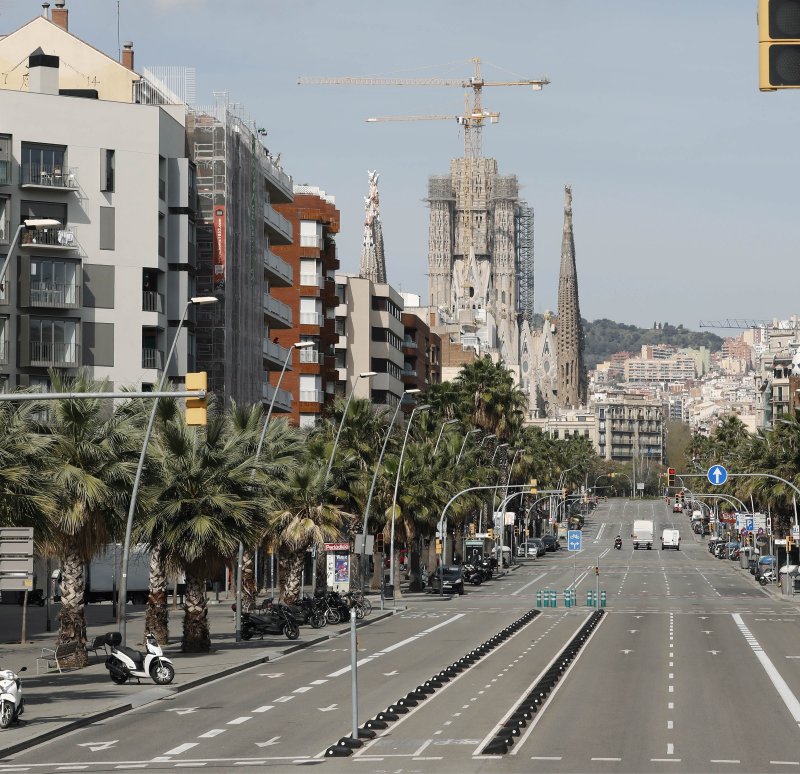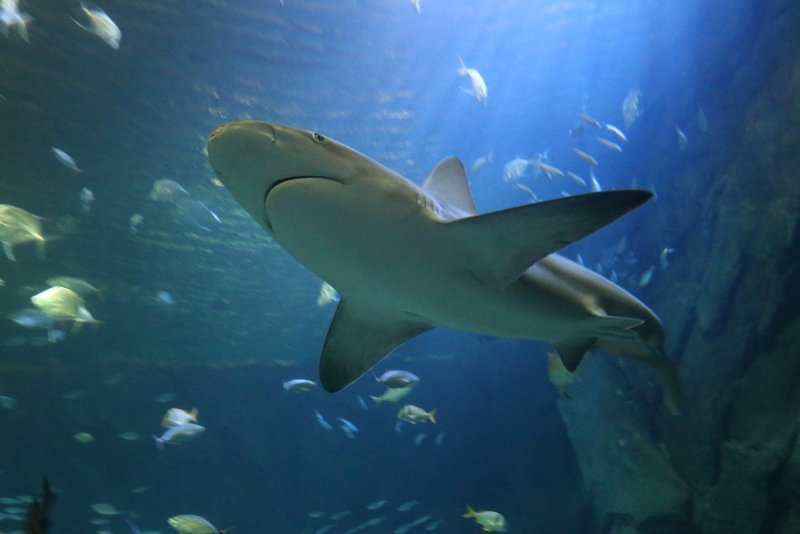Sofia Perovskaia: Virgin Mother of the Soviet Union
Lara Green

Above: A contemporary image of Sofia Perovskaia.
Dr. Lara Green is a historian of modern and contemporary Russia, with a particular emphasis on networks, violence, and gender. She teaches in the Department of History at Erasmus University Rotterdam in the Netherlands.
Soviet director Lev Arnshtam’s 1967 film Sofia Perovskaia followed the life and death of its eponymous hero, one of the leaders of the terrorist organization that assassinated the Russian tsar in 1881. Women’s participation in revolutionary violence and war had long fascinated observers. There was, for example, Vera Zasulich’s attempted assassination of a tsarist official in 1878 and Zoia Kosmodemianskaia’s partisan activities during the Second World War. Arnshtam’s film, starring Aleksandra Nazarova in the title role, followed his 1944 wartime classic Zoia, another in a long line of literary works, art, and films depicting women revolutionaries and fighters.
The film represented Perovskaia in ways that echoed the contemporary global media sensation from 1881. Perovskaia was twenty-seven at the time of the tsar’s assassination, yet both journalists and her revolutionary comrades consistently emphasized her youth. In a sensational book featuring profiles of revolutionaries, one writer and propagandist described her as “girlhood personified.” He then also incorrectly stated her birth year, in effect de-aging her by another year.
This same trope was repeated in the Soviet biography series “Lives of Remarkable People.” Elena Segal’s 1962 biography of Perovskaia featured a well-known image of the revolutionary from the time of her trial, which in this case appeared to have been altered to make her appear even younger. Her thin cheeks and slight frown have been replaced by the unblemished skin and round cheeks of a child. On the cover of this volume, the tired and worn expression from the original photograph becomes simply one of determination.

This visual and literary image identified her with the attribute of innocence by emphasizing not merely Perovskaia’s youth, but her childlike quality. The idea that a terrorist could actually be “innocent” had appeared frequently in revolutionary and popular culture. Individuals like Ivan Kaliaev, who threw the bomb that killed the tsar’s uncle in 1905, were celebrated for their moral judgement. Kaliaev, in particular, was lauded because he had refused to throw the bomb after noticing children were traveling in the same carriage.
It has been often argued that the image of the “moral terrorist” came across as insincere after the discovery in 1909 that one of the leaders of a key Russian terrorist organization was a police spy. However, representations of Perovskaia as childlike suggest that this may have been one key association that enabled the trope to live on.
Alexander Blok’s poem “Retribution,” written between 1908 and 1912, exemplifies the continued life of this trope. The first section of the poem is an ode to the revolutionaries; an excerpt describing Perovskaia was, in fact, printed as the epigraph to Segal’s 1962 biography:
A high childlike forehead was revealed,
By a simple and modest hairstyle,
A wide white collar
And a black dress – just so,
Slim, of small stature,
The deep expression of a child,
Yet, as if finding something in the distance,
Watching attentively, fixedly,
This sweet, tender gaze
Burned with courage and sorrow…
Translation by the author.
In Blok’s framing, as a “child,” Perovskaia was able to understand the world in a way which those around her could not. Her innocence made it impossible for her to act with malicious intent. Killing the tsar in 1881 was thus the innate and pure moral response of a child to injustice.
The idea of innocence also shaped representations of Perovskaia’s sexuality. In reality, her comrade in the People’s Will, Andrei Zheliabov, had been her lover. Yet in the film, their relationship is depicted instead as a deep emotional connection. In one scene, Perovskaia and Zheliabov are shown climbing a steep hill together. Perovskaia does this in a frilly white dress, a stark contrast to the simple clothes she is best known for. It is difficult to imagine such an outfit being her choice of clothing in real life, especially given that revolutionary women of this period were often known for rejecting feminine stereotypes. Through this depiction of her relationship with Zheliabov and the color white, Perovskaia is represented as a virgin, a being symbolically without sin.
The same sequence sees Zheliabov leading Perovskaia by the hand, echoing other scenes in the film where it is male initiative and intellect that propels revolutionary action. It is Zheliabov who gets the passionate speech in the courtroom concerning their revolutionary ideas. Perovskaia, by contrast, cannot help becoming distressed when she learns of Zheliabov’s arrest shortly before the attack takes place.
Though Perovskaia is depicted in late nineteenth-century literature and Arnshtam’s Soviet-era film as a capable revolutionary activist, these representations extol her as more of a doer than a thinker. Thinking, as in the aforementioned scene, leads to being overcome by emotions. A scene near the end of the film provides another example of emotional collapse: as Perovskaia joins her fellow revolutionaries on the cart that will take them to the place of execution, she wavers and falls between the guards accompanying her. Eventually, however, she recovers; once at the gallows themselves, she embraces her comrades without hesitation. Her stoicism in the face of execution transfixes a young piccolo player in the military band, causing him to continue his repetitive refrain even after the other musicians have stopped, to the point where a superior reprimands him.
In this last moment, we might read Perovskaia as the instigator of a wider tidal wave of feeling that would eventually lead to the October Revolution of 1917. Her sacrifice, this interpretation implies, helps usher in the idea of revolution. Yet, she herself would not realize this revolutionary intent. According to her contemporaries, she was a “teacher” and a “nurse,” not a revolutionary leader. After all, in Soviet legend that role belonged to Lenin.
The Perovskaia of Segal’s biography and Arnshtam’s film rehearses many of the scripts that already existed at the time of her trial and execution. Her image as a childlike innocent endowed contemporary and future generations with a language capable of imbuing revolutionary terrorism with moral authority. Perovskaia’s innate qualities and weaknesses as a woman reflected gendered hierarchies that existed even among supposed liberated revolutionaries. By depicting Perovskaia as the virgin mother of revolution, Arnshtam’s film successfully inscribed the history of nineteenth-century revolutionaries into an official Soviet narrative with specific moral, social, and political requirements.




